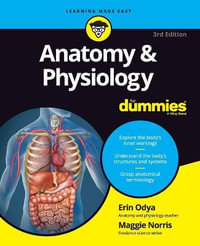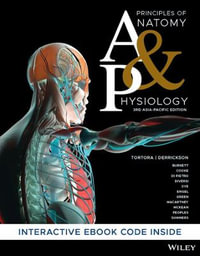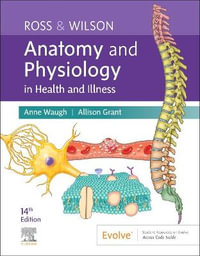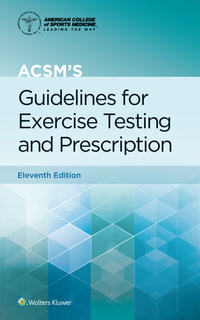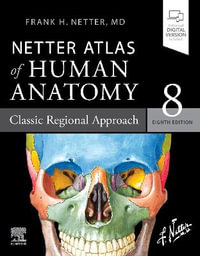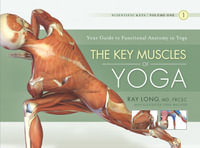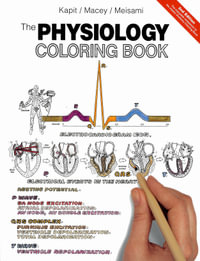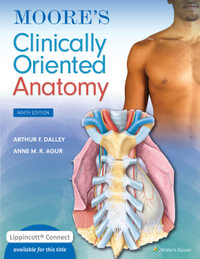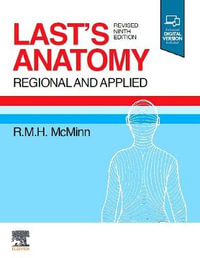"The relationship between the structure and the function of enzymes, despite their efficient and superior catalytic function, has been a mystery. Through the recent precise analysis of the structure of the active site, this book presents an easy-to-understand and visual explanation of the mechanism by which the catalytic function is generated. It provides a deep insight into the further development of enzyme science and the practical use of enzymes."
-Professor Emeritus Hidehiko Kumagai, Ishikawa Prefectural University, Japan
"This book carefully describes the basics of enzymology, including the derivation of rate equations in enzyme kinetics. Regarding the molecular mechanism of enzyme reaction based on structural analysis, the new research results obtained by Prof. Suzuki and his colleagues make it possible to touch the forefront of research. The book will be useful not only for undergraduate students interested in enzymes but also for researchers. Rich literature and end-of-chapter problems are very helpful for the readers who want to learn more deeply."
-Former Professor Yasuzo Nishina, Kumamoto University, Japan
The first edition of this book covered the basic treatment of the enzyme reaction using the overall reaction kinetics and stopped-flow method, the general properties of protein and cofactors, the control of enzyme reaction, and the preparation of enzyme protein. These topics are the basis of enzyme research and thus suitable for the beginner in the field. The second edition presents the cofactors produced via the post-translational modification of the enzyme's active site. These cofactors expand the function of enzymes and open a new research field. The carbonyl reagent phenylhydrazine and related compounds have been useful in finding some of the newly discovered cofactors and thus have been discussed in this edition. The topic of the control of enzyme activity through the channel of substrates and products in polyfunctional enzymes has also been expanded in this book.
Haruo Suzuki is professor emeritus at Kitasato University, Tokyo, Japan. He graduated from Tokyo Metropolitan University in 1966. Then he majored in biochemistry from the Graduate School of the University of Tokyo in 1971 and received a DSci degree in the same year. After postdoc in the United States, Dr. Suzuki worked at Aichi Prefectural Colony, Japan, and then at Kitasato University. His research was on the structure-function relationship of enzymes and on the control of hemoglobin biosynthesis.



